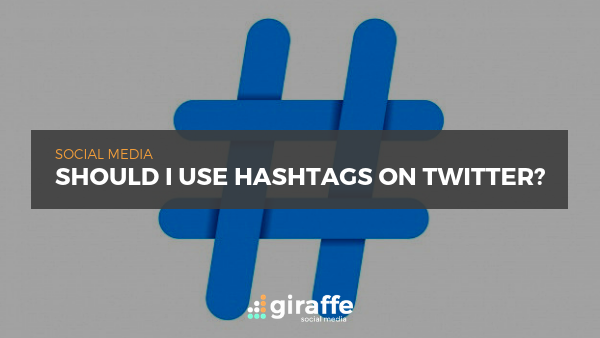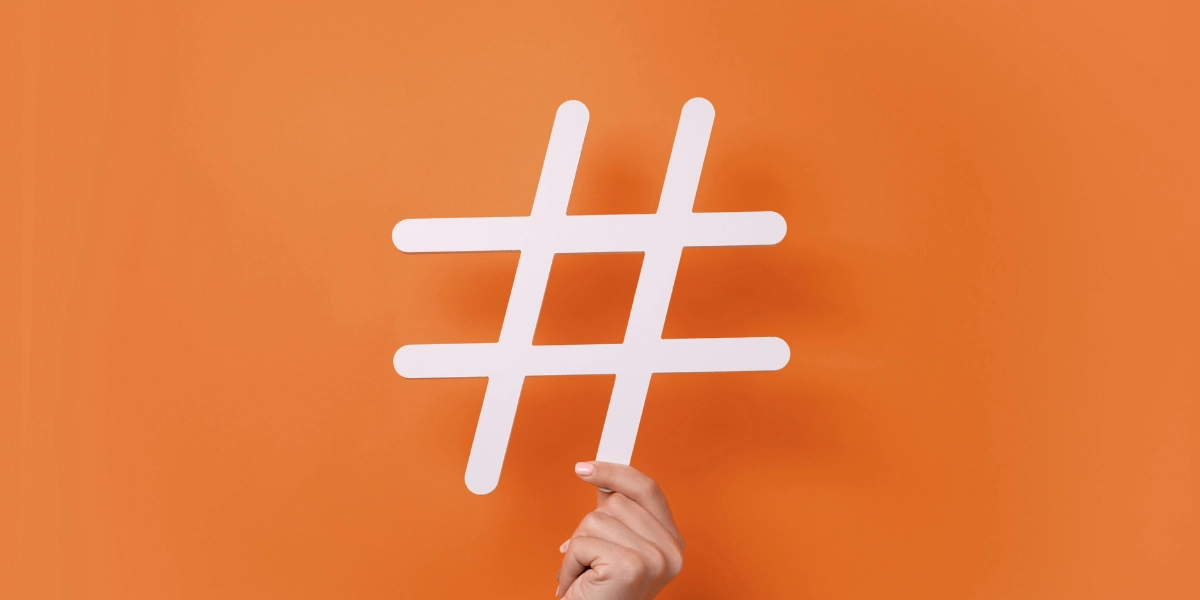Hashtags are still a popular way to generate engagement and buzz around your brand. However, since they first entered our social media lives, times have progressed and the amount of characters you’re allowed in a tweet has changed, so how exactly should you be using hashtags on Twitter?
What is a Hashtag?
Hashtags are used to highlight a keyword or acronym. According to Twitter, a hashtag categorises a tweet, so people can find it more easily in their search. They advise that a user should use no more than two hashtags per tweet and that spaces and punctuation in a hashtag will not work properly.
Are People Still Searching?
People either love hashtags or they don’t. On Twitter, hashtags bring separate tweets together – they make it easier for a user to find a discussion on the topic they’re interested in. This means your hashtags should always be relevant – either to your brand or the subject you’re talking about in your tweet. National Holidays are a great hashtag to use, even after the day has ended. For example, ‘InternationalWomansDay2018’, was still mentioned in August, despite the day being on the 8th of March. Companies still use hashtags to generate conversations because they make it easier to raise brand awareness and can often increase the amount of engagement on a tweet.
How Can They Help Me?
There are different kinds of hashtags for different things. For example, trending hashtags will be what are being talked about the most on Twitter – you can include them in your tweet and hopefully get some engagement. However, eventually the trending hashtag will die out, and so will the engagement. On the other hand, hashtags in your content are related to what you’re about to share. For example, if we were sharing this blog, we could include ‘#Twitter’ in our post. These tweets will be more informative and thought out and could be a lot more sales-focused.
Hashtags can also help you find potential ambassadors and influencers for your brand. You just need to let the hashtag grow and flourish as you would your business.
Branded Hashtags
Branded hashtags are good if you want to check in on what your customers are saying about you. For example, if we used the hashtag ‘#AskGiraffeSM’ and urged people to use it for enquires, we could filter down and gather questions and engagement all in one place, so we can respond to any negative comments, queries and praise. By filtering tweets and reviews in this way, we are more in control of our feedback and complaints.
Do not force a hashtag, just because you want to include your brand name. The hashtags on Twitter have to have meaning and be easy to remember – the best are those that create conversation not only between you and your audience, but the users themselves too.
How Should I Use Them?
Research your hashtag before using it to see who and how many other people are using the term – this way you can also keep an eye on your competition. If you’re creating your own hashtag, make sure the spelling is correct and that you’ve explained to your audience what it means. You need to make someone want to include the hashtag in their tweet by informing a user what it means to do so and having a solid reason why they should.





